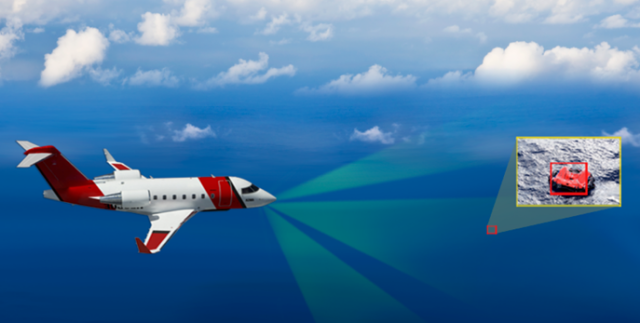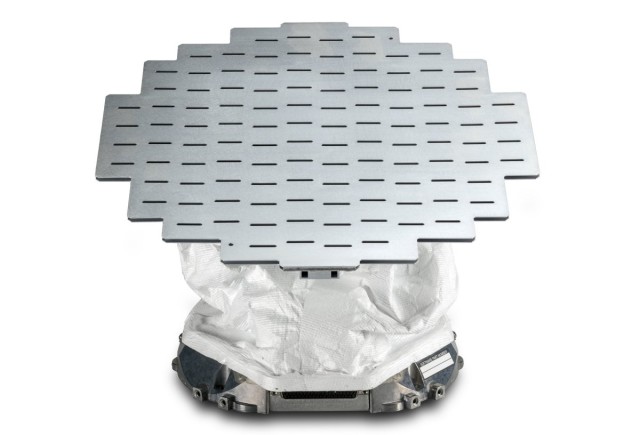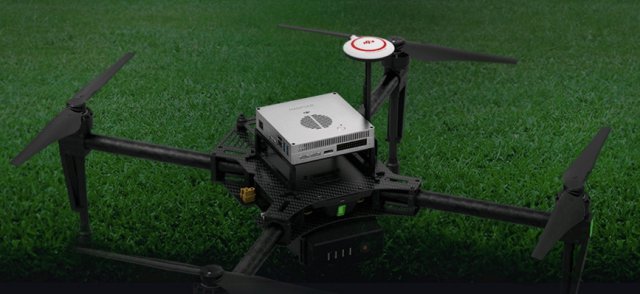 Aiming at the burgeoning market for unmanned aerial vehicles (UAVs), Velodyne LiDAR has unveiled its new Puck LITE — at 590 grams, the world’s lightest 16-channel LiDAR sensor.
Aiming at the burgeoning market for unmanned aerial vehicles (UAVs), Velodyne LiDAR has unveiled its new Puck LITE — at 590 grams, the world’s lightest 16-channel LiDAR sensor.
Category Archives: Electronic Sub-Systems
Volz Extends Range to Include OPV Solutions
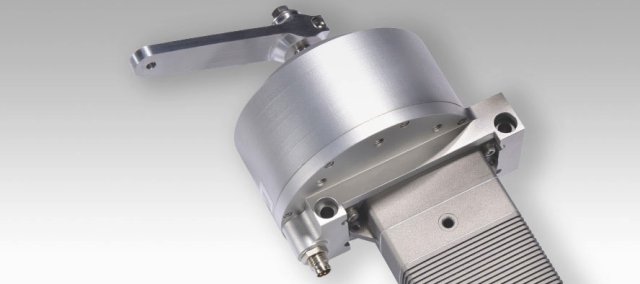 Volz is expanding its market foothold to optionally piloted vehicles (OPV). Several electro-mechanical clutches available for Volz products starting with the DA 26 Volz cover a wide range of OPV applications.
Volz is expanding its market foothold to optionally piloted vehicles (OPV). Several electro-mechanical clutches available for Volz products starting with the DA 26 Volz cover a wide range of OPV applications.
High-Precision Open-Source UAS Autopilot Toolkit
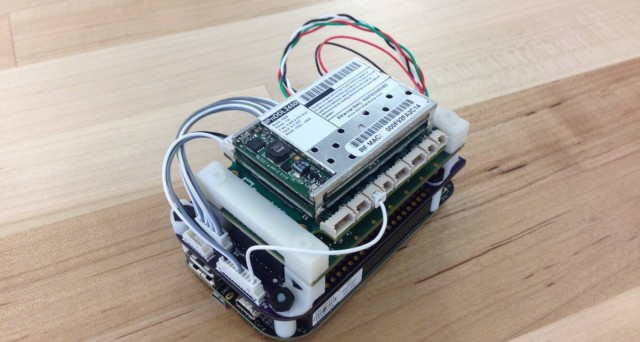 Sentera LLC and the University of Minnesota College of Science and Engineering have developed a high-precision autopilot toolkit for use with unmanned aerial systems (UAS). The toolkit’s hardware and software are now available under a broad open-source license.
Sentera LLC and the University of Minnesota College of Science and Engineering have developed a high-precision autopilot toolkit for use with unmanned aerial systems (UAS). The toolkit’s hardware and software are now available under a broad open-source license.
Australian Maritime Safety Authority Selects ViDAR for Search and Rescue
The Australian Maritime Safety Authority’s (AMSA) four new Challenger 604 jet search and rescue aircraft which begin to enter service in August 2016 will have an unprecedented ability to visually detect and track objects and people in the water, thanks to prime contractor Cobham Aviation Services’ selection of Sentient Vision’s Kestrel Maritime ViDAR (Visual Detection and Ranging) system as part of the program’s sensor suite. Continue reading
US Air Force RQ-4 Global Hawk Fleet Gets GSX 70 Weather Radar
Garmin International Inc., a unit of Garmin Ltd. has announced the selection of the GSX 70, a full-featured solid-state weather radar by Northrop Grumman for the U.S. Air Force fleet of RQ-4 Global Hawk unmanned aircraft systems (UAS). Continue reading
DJI Launches Embedded Ubuntu Computer for Drones
DJI has unveiled the Manifold, an embedded computer for drones that offers more powerful hardware and runs on Ubuntu Linux. Continue reading
Qualcomm Introduces Snapdragon Flight Reference Platform for Cheaper Drones
Known for its key role in the smartphone industry, Qualcomm is now looking to expand their horizons by making a new chip reference design aimed at making drones cheaper for everyone. Continue reading
UAS Navigation without GPS
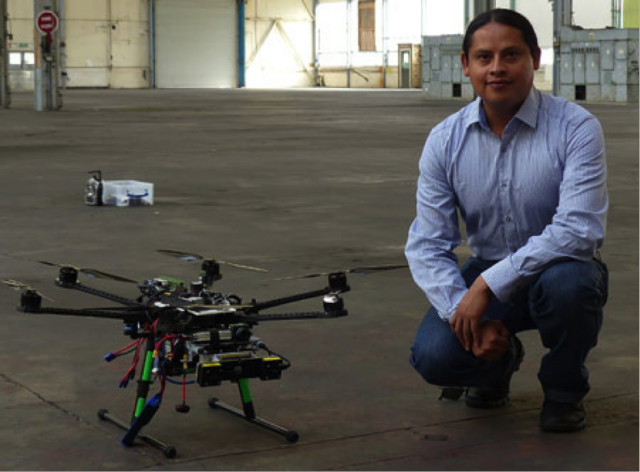 With the goal of achieving autonomous flight of these aerial vehicles, the researcher José Martínez Carranza from the National Institute of Astrophysics, Optics and Electronics (INAOE) in Mexico, developed a vision and learning system to control and navigate them without relying on a GPS signal or trained personnel.
With the goal of achieving autonomous flight of these aerial vehicles, the researcher José Martínez Carranza from the National Institute of Astrophysics, Optics and Electronics (INAOE) in Mexico, developed a vision and learning system to control and navigate them without relying on a GPS signal or trained personnel.

